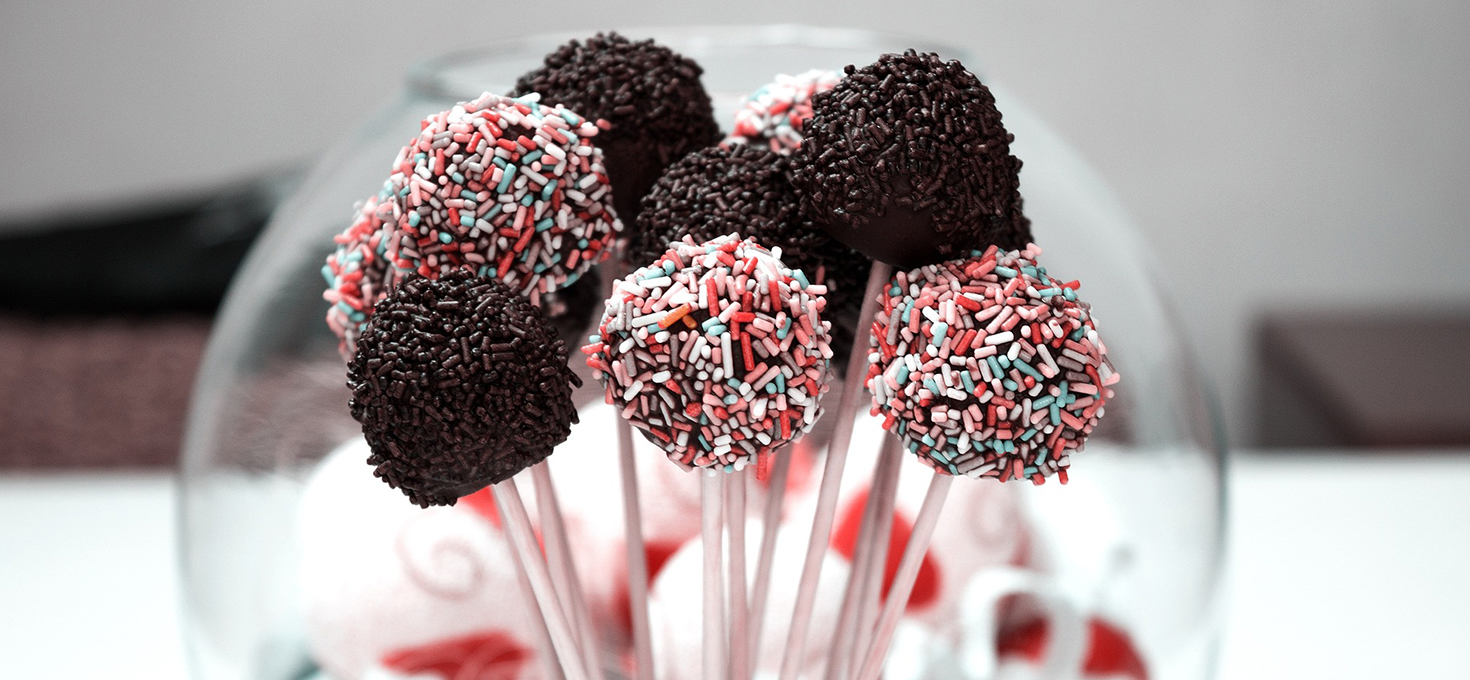In the circuit board, electroplating wastewater treatment of nickel-containing wastewater is an important choice, according to different principles can be divided into three categories of sewage treatment: chemical, physical and biological methods and biological treatment.
source:
Nickel-containing wastewater mainly comes from the pickling and rinsing of plating parts during the pretreatment of metal plating parts, as well as the rinse water after plating such as acidic copper plating, nickel plating and the like.
Chemical method:
Chemical treatment of nickel-containing electroplating wastewater are mainly traditional chemical precipitation method, a new type of ferrite process, and efficient heavy metal chelation precipitation method. Among them, the chemical precipitation method includes the hydroxide precipitation method and the sulfide precipitation method.
Physicochemical method:
The rise and progress of new technologies and new processes make electroplating cleaner production possible. Adsorption technologies commonly used in the treatment of electroplating wastewater containing nickel, ion exchange technology, membrane separation technology and ion flotation technology are all developed based on resource recovery New and efficient water treatment technology.
Biological treatment:
At present, the key problem with the biosorption method for treating nickel-containing wastewater is that the bacteria species available for adsorption of nickel ions generally have a low adsorption capacity.
Nickel-containing wastewater treatment options can also use heavy metal capture agent to deal with heavy metals in nickel ions. Through a variety of chelating groups on the heavy metal ions chelated, resulting in hydrophobic structure and precipitation; the same time, in the body structure of polymers, by flocculation and net catching effect significantly increased the precipitation rate and removal rate, thereby getting rid of the linear The disadvantage of chelation precipitation.
Heavy metal catcher laboratory test steps:
â‘ take 2L to be treated wastewater, adjust PH to 9-10;
â‘¡ divided into several cups the same amount has been adjusted PH wastewater, such as 500ml;
â‘¢ measure heavy metal trapping agent (such as 100ppm / 300ppm / 500ppm, etc., or other amount), were added to the waste water to be treated;
â‘£ stirring for about 2 minutes, let the full response of the agent;
⑤ adding an appropriate amount of coagulant (PAC) and flocculant (PAM);
â‘¥ coagulation sediment after the supernatant was measured nickel ion residual concentration.
Xuzhou D.C. International Trading Co., Ltd. , https://www.dcglassbottles.com
